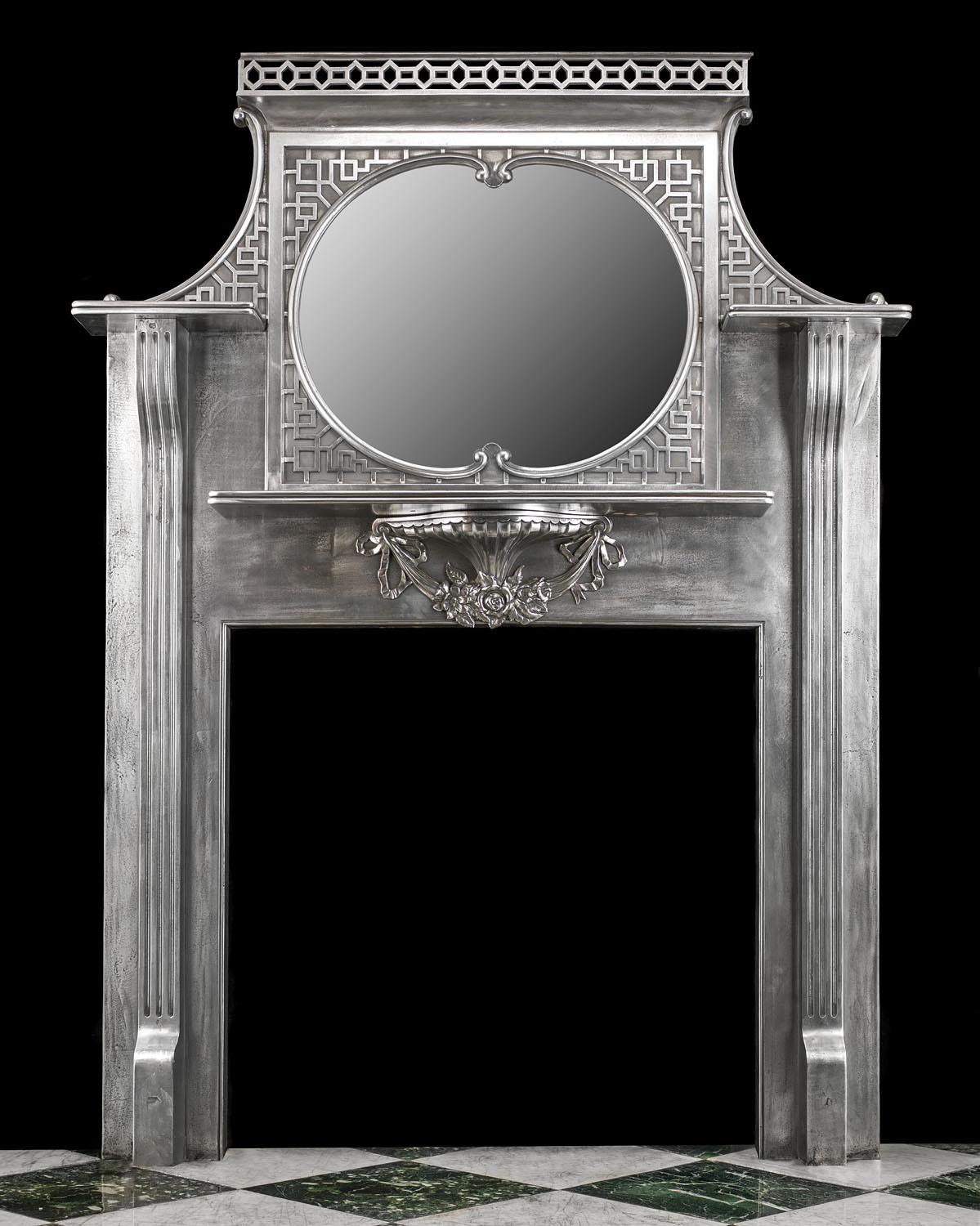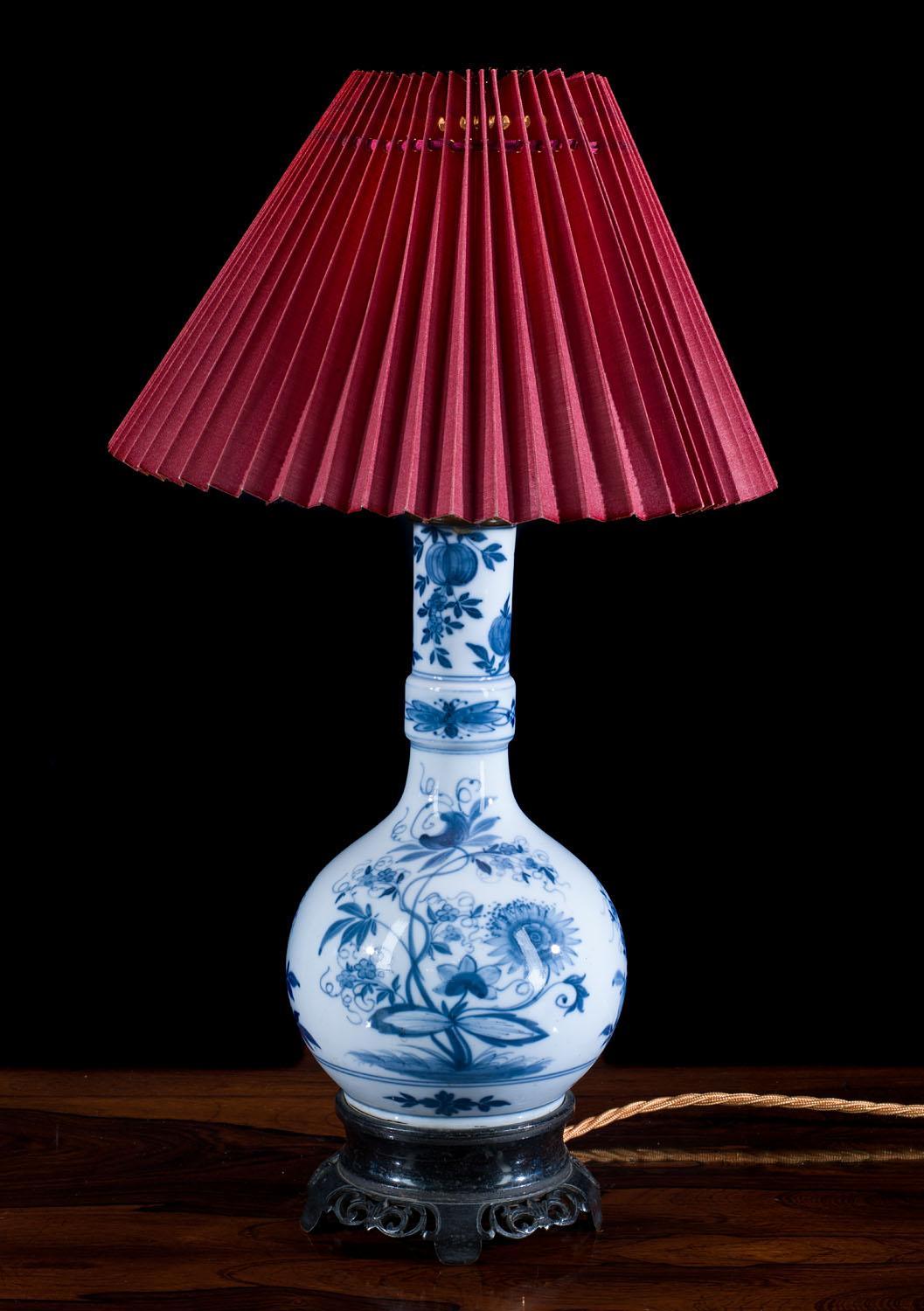First appearing in the mid to late 17th century, the Chinoiserie style quickly became popular due to the West’s fascination with Asia.
Its influence on antiques can be seen throughout the last few hundred years across gardens, architecture, paintings, porcelain and interior design generally.
Chinoiserie was also embraced in fashion, literary criticism and even ritual tea drinking.
So what is Chinoiserie and how is the style trend defined? We’ve put together a complete guide for you.
What is Chinoiserie?
Chinoiserie is the European imitation of Chinese artistry
A French word, Chinoiserie is the European imitation of Chinese artistry, whether for decorations or architecture.
It became especially popular in Europe during the mid-18th century, thanks in part to European East India Companies importing Chinese and East Asian products.
Its similarity to the Rococo design style also increased its popularity, with Louis XV amongst the European monarchs known to have embraced Chinoiserie.

× 
You may well have already seen one of the most famous examples of Chinoiserie! The 50m high Great Pagoda at Kew Gardens, built in 1761 and now a Grade I listed building, has a Chinoiserie architectural style.
Other notable examples in architecture include the Chinese House garden pavilion in Potsdam, Germany and the remains of the former Trianon de Porcelaine near the Palace of Versailles, France.
One of the most famous Chinoiserie paintings is The Chinese Garden from 1742 by François Boucher.
Chinoiserie antiques
Similar to the Rococo style, asymmetry and exoticism were typical design features of Chinoiserie decor
What is Chinoiserie in the world of antiques?
It’s characterised by several common fantastical motifs, sometimes copied directly from Chinese artefacts but usually created primarily from a European artist’s imagination.
After all, in the 18th century very few Europeans were able to travel to China and see the sights for themselves.
Exotic Chinoiserie patterns included:
- Dragons
- Phoenixes
- Pagodas
- Floral patterns
- Natural landscapes
- Chinese figures
Chinoiserie influence also spread to the gardens of Europe, with many embracing pagodas and tea pavilions
Thomas Chippendale’s 1754 trade catalogue The Gentleman and Cabinet-maker’s Director featured furniture with a Rococo, Gothic and Chinese-style fusion, regularly adapted by other carpenters in subsequent years.
As with most Chinoiserie antiques, Chippendale’s creations showed some artistic licence in interpreting traditional Asian styles.
Some designers aimed for greater accuracy though, such as Sir William Chambers - designer of the aforementioned Great Pagoda - who travelled throughout Asia in his early life.
Similar to the Rococo style, asymmetry and exoticism were typical design features of Chinoiserie decor.

× 
As with Chinese vases, the blue pattern on a white background was very common on porcelain.
Chinoiserie influence also spread to the gardens of Europe, with many embracing pagodas and tea pavilions.
Chinoiserie design: end of an era
By the 19th century, Chinoiserie had declined in popularity
By the 19th century, Chinoiserie had declined in popularity, although there was a revival in the 1930s. Waning interest in Chinoiserie in the 1800s has been attributed to several events.
The First Opium War between 1839 and 1842 was certainly a contributing factor. Fought between Britain and China, ultimately trade was significantly disrupted, restricting imports which were a key influence behind Chinoiserie style.
The death in 1830 of King George IV, who had been a notable advocate of Chinoiserie style, also accelerated its phasing out.
However, in terms of antiques, Chinoiserie remains popular today.
Take a look at this lacquered wood wall light, depicting a pagoda canopy above a painted portrait folklore scene. Also, here is a lacquered fine oak longcase clock with Chinoiserie decoration.
We hope you enjoyed this guide to Chinoiserie design, which was very popular for several hundred years and has since gone on to inspire contemporary design trends too.
As always, for further information about anything in our collection - from antique fireplaces to smaller antique decorative items - please don’t hesitate to get in touch with us.